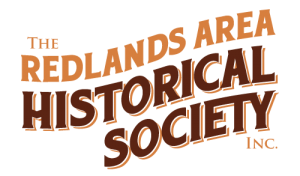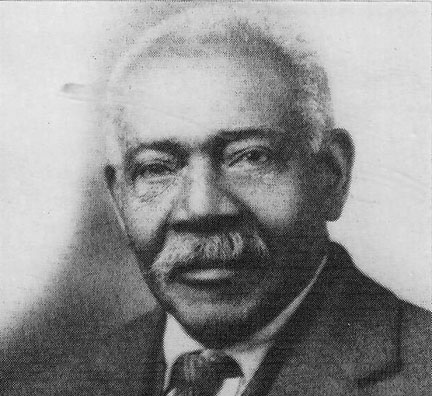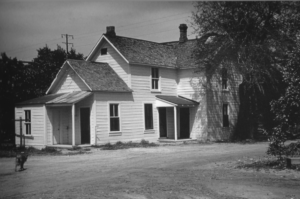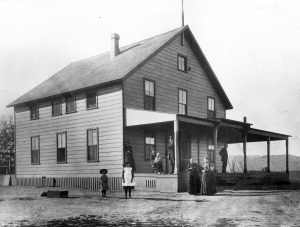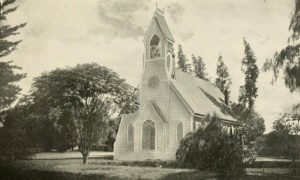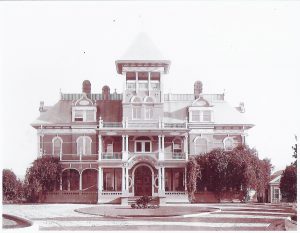Israel “Doc” Beal was of the early pioneers in the Crafton, Lugonia and Redlands area. He was the first emancipated slave to settle in the area. From the time he arrived in California in 1865 to the day he died in 1929, he earned the respect and admiration of his community.
In 2007, almost 80 years after his death, Beal was honored by the City of Redlands with a proclamation during Black History Month. It read in part that Beal, as the first African-American in the small group of Lugonia and Redlands pioneers “had a reputation for industry, integrity and good character.” It also noted that the Redlands Area Historical Society, in recognizing his contributions, had a grave marker installed for him in Hillside Memorial Park.
In an interview with J.P. Fisk, Redlands’ first real estate agent, reported in the Redlands Daily Facts in 1927, Beal talked about how he came to be in Redlands and live here for 59 years. The following is mainly from that interview:
Beal was born April 10, 1848, in Houston County, Virginia, near the James River and about 35 miles west of Richmond. Freed from slavery by the Emancipation Proclamation, he signed up with the Union Army and was with William Tecumeseh Sherman on his march to the sea.
Mine owners paid his passage to California in 1865 so he could work in the mines. He came by steamship by way of Panama. First landing in San Francisco, he worked mines in the Owens River Valley and in Kern County in the San Joaquin Valley, and later in gold mines near Carson City, Nevada, and in Arizona.
Beal came from Arizona to the Mormon settlement in the San Bernardino Valley in 1870. It was in San Bernardino he met Myron H. Crafts for whom the Crafton area is named. Crafts was walking down the street in San Bernardino when he saw Beal and asked if he’d like a job. Beal’s quick reply was “yes” and he went to work for Crafts.
Israel & Martha Beal home, W. Lugonia Avenue
In an article in the San Bernardino Sun in 1983, Beal was referred to as “a kind of black Horatio Alger,” and his life and work as “impressive.” When Beal began working for Crafts, there were only three houses in the Lugonia area, and none in the future Redlands. In fact, Fisk said that Dr. Ben Barton, another early pioneer, had felt the Redlands area was “just a sheep pasture, and a mighty poor sheep pasture at that.”
Beal replied, “Yes sir, it was. When I was up to Crafton, the sheep came down to the Zanja to drink, when it was not used in Crafton.” He said Crafton used the water from 3 to 9 p.m. and then it went to the mission outpost.
Beal lived on the Crafton Ranch while he worked there. He and the Craft’s son George harvested 168 acres of grain by hand. Of the senior Crafts, Beal said, “He was a very remarkable man, quite a businessman.” He also had great respect for Mrs. Eliza Crafts, he said.
Beal apparently knew, or worked with, many of the early settlers, including George W. Beattie, Col. William Tolles, and J. B. Glover. Beal also knew and worked for E. G. Judson and F. E. Brown, who laid out and heavily promoted the city of Redlands. Beal told Fisk he graded town plots for the two men, and that is was “rough land, didn’t look like it much prospect of doing anything.”
He took the contract for planting a vineyard for Dr. J.D.B. Stillman, and it was that contract that earned him the nickname “Doc.” It seems that a San Francisco paper had reported that Stillman had signed a contract with “Dr. Beal” to lay out a vineyard of some 160 acres. So Stillman always called Beal “Doc,” and the nickname stuck.
A portion of that vineyard became the site of the University of Redlands. Some 50 years later, some of the vines remained and were healthy, Beal said. Beal too care of the crops on the Stillman ranch for a while. The fruit was taken to a “dryer” operated by Judson and Brown on the north side of Lugonia Avenue. Judson and Brown ran the dryer for a year. Later, Cook and Langley, the Lugonia Fruit Co., operated the dryer and after them, L.G. Haight and A. Gregory, Beal said.
Beal also had the contract for the Sunnyside Ditch and freighted lumber and cement for the building of the Bear Valley Dam. Fisk asked Beal how he got from San Bernardino to Bear Valley. Beal said the trip took about four days to go one way. He had six horses on his team. At least two “outfits” traveled together so they could double up if necessary and put 12 horses on the Cushenbury Trail, which went through the Cajon Pass.
In 1874, Beal bought his first piece of property from a Rev. Bates, 20 acres on West Lugonia Avenue, built his home and raised his family. He told Fisk he planted peaches, apricots and small fruits, but no oranges. He didn’t think oranges would grow there.
Beal worked in many areas of Redlands. He hauled the material to the site of Prospect House in 1882. He also hauled lumbers from San Bernardino to build the Congregational Church on The Terrace. Beal said there was a school there first, on the corner of Church Street and Lugonia Avenue, and they held services Sunday afternoons. Later, they moved the services to Orange Street and Lugonia Avenue and finally to the Terrace church.
Prospect House, 1882
The Terrace Church was on the southwest corner of Terrace and Church streets, according to Fisk. At that time it was the only church in the valley and was, in fact, a Community Church organized as a Congregational Church.
The Terrace Congregational Church
Beal was also involved in the building of Terrace Villa Hotel, built by D.L. Clark, then sold to A.G. Hubbard who turned it into a residence. Fisk asked if Beal knew Charles E. Truesdell and Beal said he had taken Truesdell to the Redlands Reservoir and worked with him there.
Terrace Villa Hotel on The Terrace
Fisk said to Beal, “After you got through building everything, my recollection is that you have been moving everything ever since,” and Beal had.
In 1889, according to the Redlands Citrograph, Beal moved a small barbershop “around the corner” onto State Street, and did it was ease. In another report on Beal it was noted that one hot summer afternoon he was moving “quite a pretentious house” south on Orange Street when a resident asked him jokingly why he was moving houses out of Lugonia and setting them up in Redlands. Beal’s reply, “We’re moving them out so we will have room to build better ones.”
Beal died in 1929 at the age of 81. He left three sons, Charles Arthur Beal and Harry L. Beal, both of Los Angeles and Newton Beal, seven grandchildren and a half brother, A. Jackson of Redlands.
Israel Beal and his wife, Martha (1855-1932), are buried in Hillside Memorial Park. In the 1990s, a story about Israel Beal in the Daily Facts resulted in a call for a headstone for him. The task of raising funds for it was taken on by the Redlands Area Historical Society, and three months later in 1995 the head stone was purchased.
[Source: “Israel Beal: Redlands Pioneer” article written by Bobbe Monk, Redlands Daily Facts, November 8, 2009, p. C4]
Wife: Martha Embers Beal (1855-1932), married 26 December 1870.
Children: Oliver Henry Beal (1873-1885), Alvira Anna Beal (1877-1884), Isaace Newton Beal (1878-1953), James C. Beal (1882-1882), Harry Lewis Beal (1884-1961), Charles Arthur Beal (1886-1968), Morris M. Beal (1889-1903).
